In this unique pollination activity for kids, students develop a simple model that mimics the function of a butterfly, or any insect, pollinating flowers. Pollination is an important process in the life cycle of plants and a fun one for kids to demonstrate. Read on to learn a fun way to demonstrate pollination using macaroni & cheese powder!

Let me start by saying that getting to wear butterfly feet on your finger is pure joy for kids! I also want to mention that there are other ways to demonstrate pollination with Cheetos and cheese puffs, but I prefer this method using cheese powder and pipe cleaners, especially for 2nd and 3rd graders learning about the butterfly life cycle. The pipe cleaners, with their fuzzy bristles, more closely resemble the natural structure of an insect’s legs that help it hold and transfer sticky pollen. While some plants have developed adaptations to help with seed dispersal, they depend on animals and insects for pollination. If you use Next Generation Science Standards, this activity aligns with NGSS 2-L52-2 for Plant Needs.
A Fun Pollination Activity for Kids
To get started with this easy pollination activity you will need a few simple supplies that can all be found at the dollar store.

You will need:
- 1 packet of macaroni & cheese powder for every 8-10 students
- paper plate for each group
- pipe cleaner
- die cut paper flower
- juice box
- hand lens
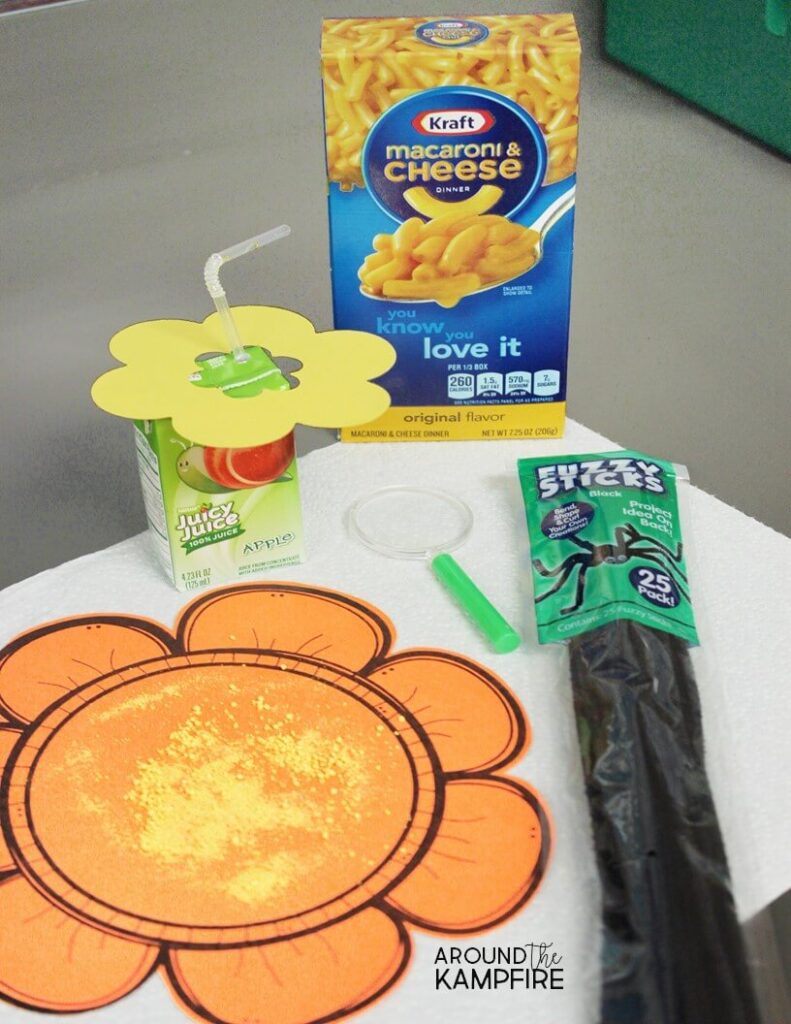
Divide students into groups of four. Each group will need a paper plate with about a third of a packet of cheese powder to share.
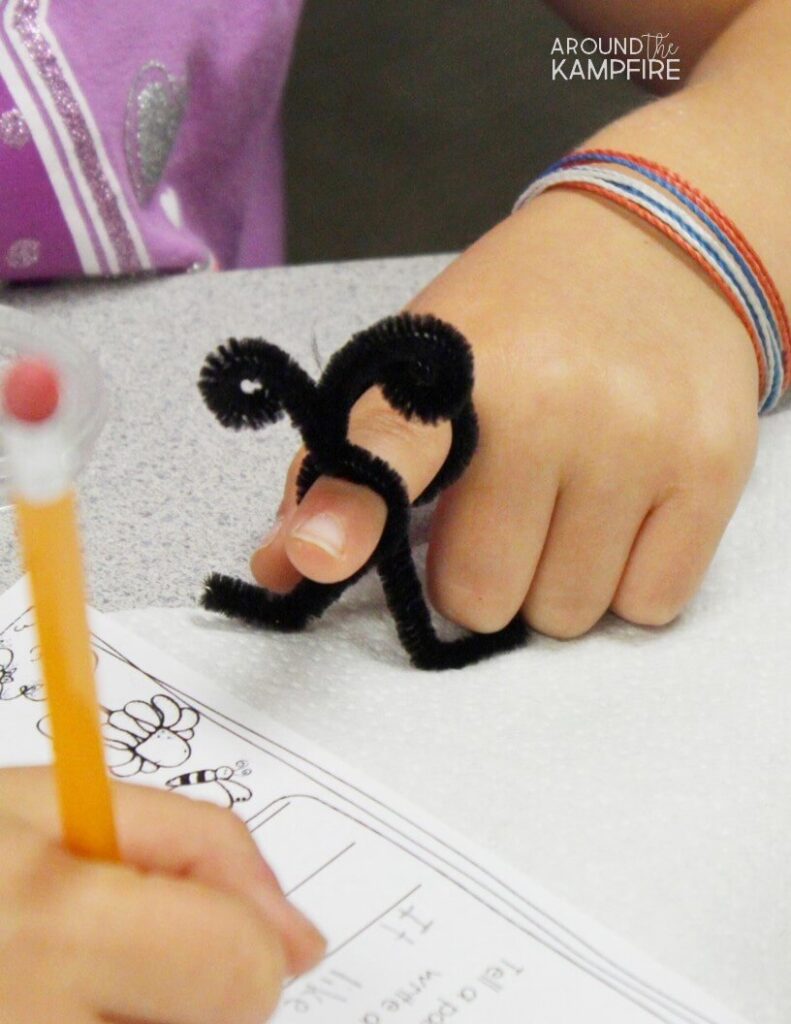
Give each student a pipe cleaner cut in half. To make the butterfly feet, students fold over and gently twist it around their index finger. Bend the ends slightly to form butterfly “feet”. Optional: We used a second one curling it to make “antennae”.
Have students identify and explain how the pipe cleaner mimics the natural structure of a butterfly or insect’s legs. The answer of course is the bristles. Bees, butterflies, and other insects have fuzzy legs and bodies to which pollen sticks. These help to hold and carry the pollen from flower to flower.
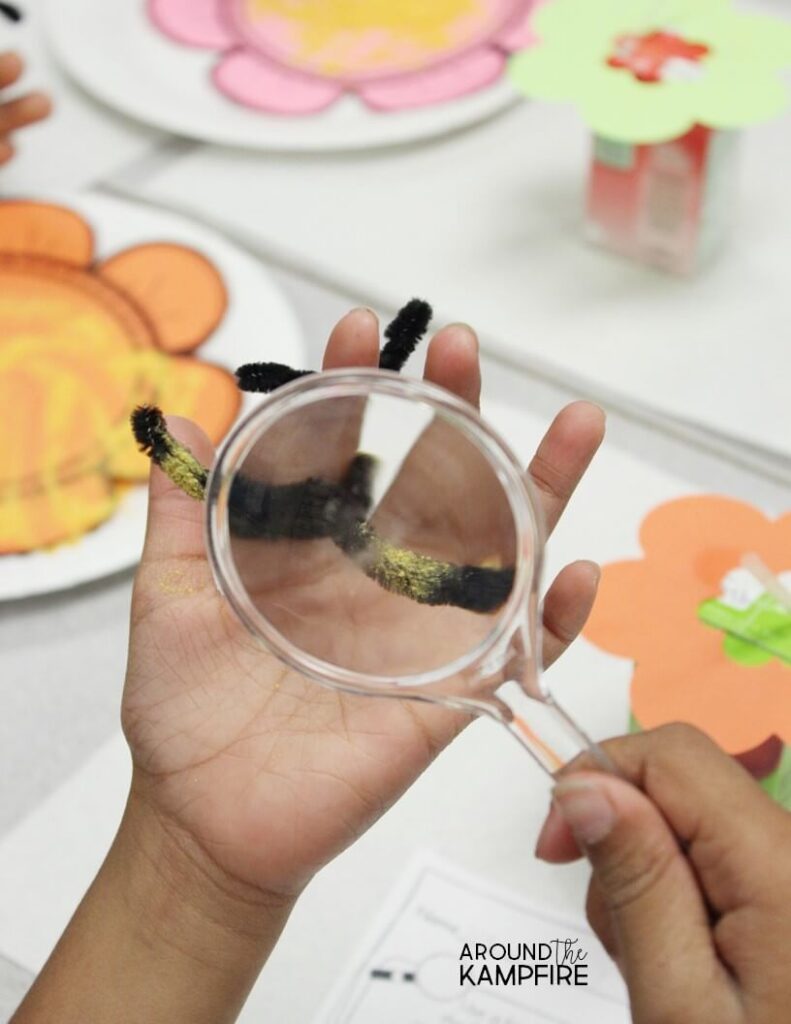
Simulating Pollination
Next, give each student a juice box and a paper flower to place on their straw. This represents a flower with nectar inside. Students simulate pollination by having their “butterfly” (finger) fly to the paper plate, gently landing on in the cheese powder before flying back to the flower on their juice box.

Finally, the butterfly flies back to the juice box flower, landing and gently tapping to see the drop and transfer of pollen. Students then use their “proboscis” to sip nectar from their flower (juice box).
Use a science journal or the pollination lab worksheet we used for students to make drawings and explain in writing how the materials they used and the steps taken simulate a butterfly/insect pollinating plants.
The pollination experiment lab sheet is included in this butterfly life cycle science unit.
What to do with all the leftover macaroni?
Make commas of course! Use the leftover macaroni for students to work with commas in a series. Add this easy activity to your literacy centers for your class to practice reading skills using science content.

Click here to download this FREE Butterfly Facts commas in a series page.
I hope you’ll try this easy pollination activity with your class! It’s a fun way to help students understand the needs of plants and to create simple models that simulate pollination and the interdependency of living organisms.
Do you need more science activities for teaching the life cycle of butterflies and plants?
Check out these comprehensive resources for teaching the Life Cycle of Butterflies and The Life Cycle of Plants. These complete science units for grades 1-3 include detailed lesson plans with 2-weeks of high engagement lessons, experiments, response activities, centers, and creative culminating writing projects.
Would you like FREE plant life cycle posters for your classroom?
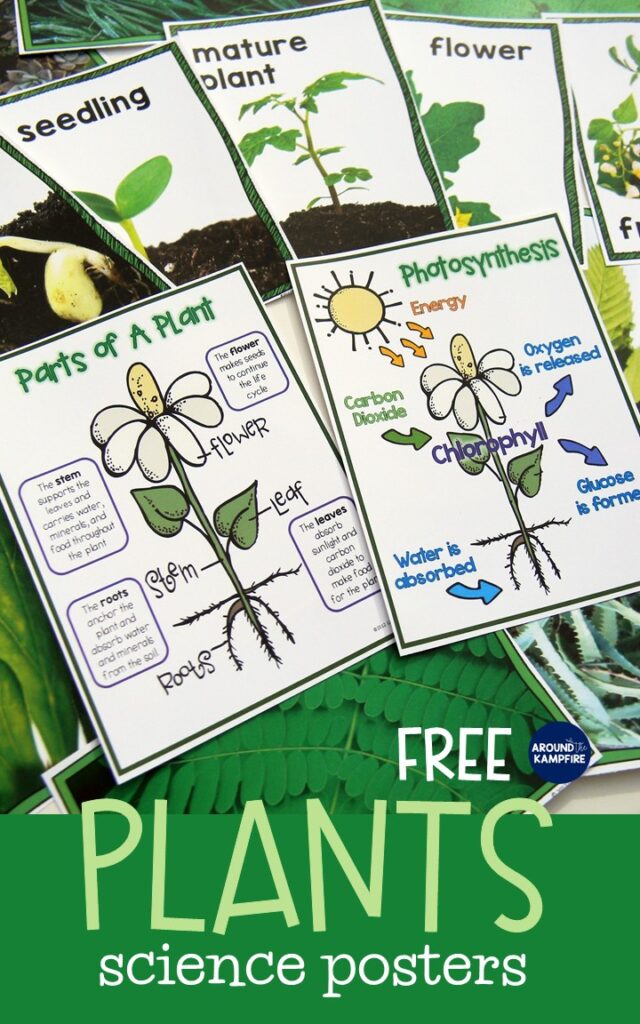
Drop in your personal email address and I’ll send them to you! (Your personal email is best as schools often block outside emails with attachments.) Be sure to check your spam and all “other” folders if you don’t see the email in a few minutes.
Be sure to pin this pollination activity for later so you’ll have it when you plan!
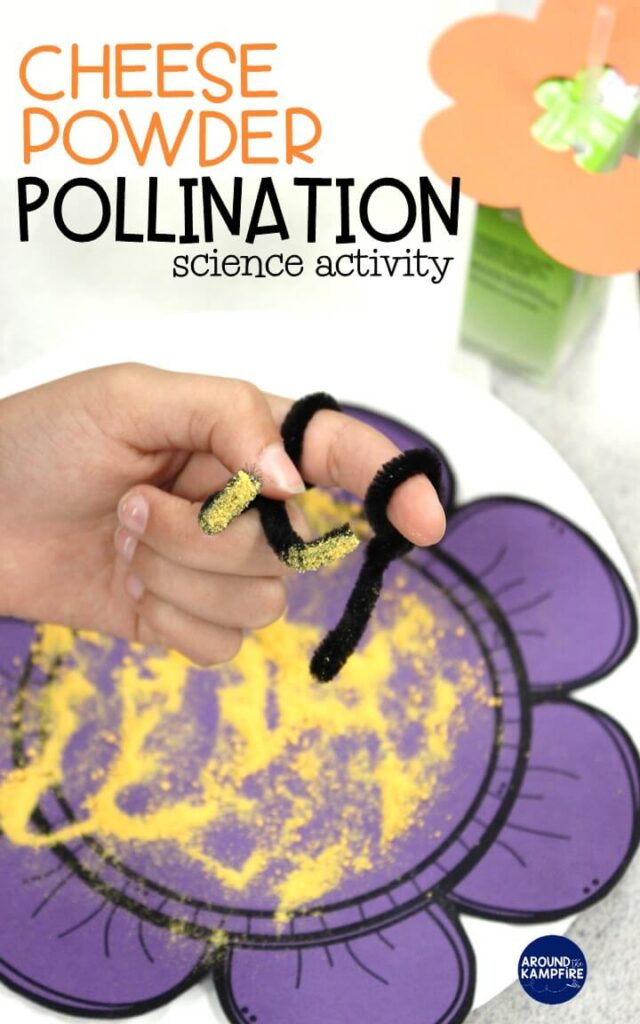
You might also enjoy these additional science ideas. Click on the pictures to read the posts.
Grab the FREE butterfly life cycle poster pack in this post:


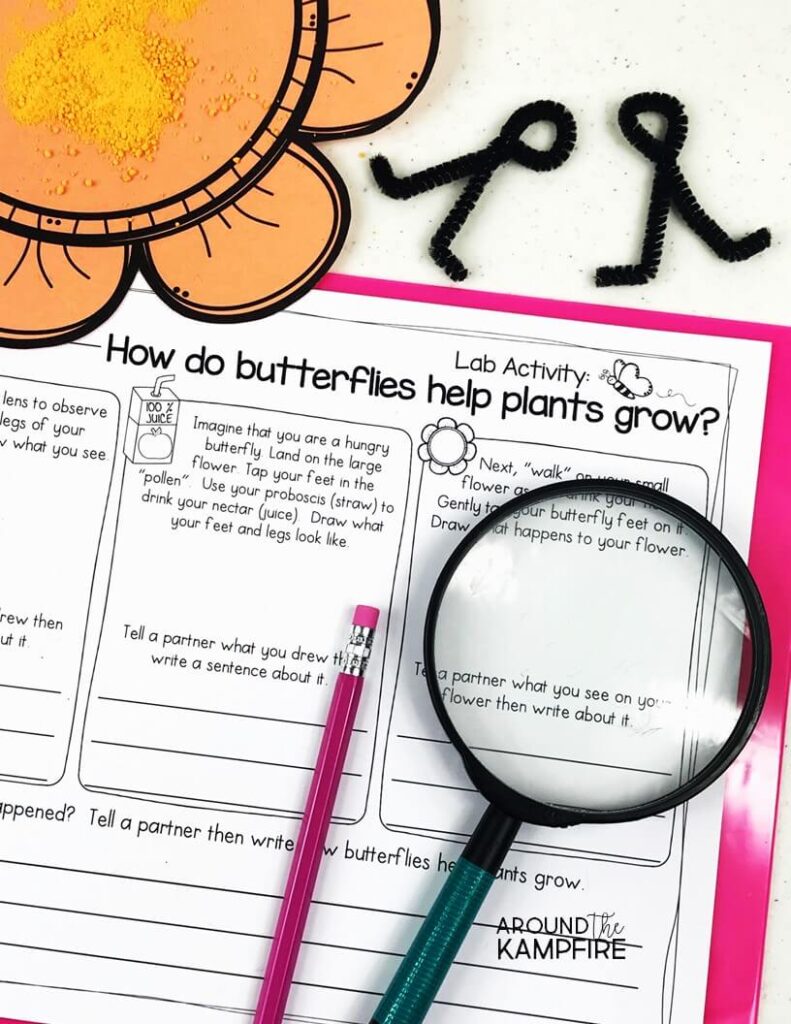
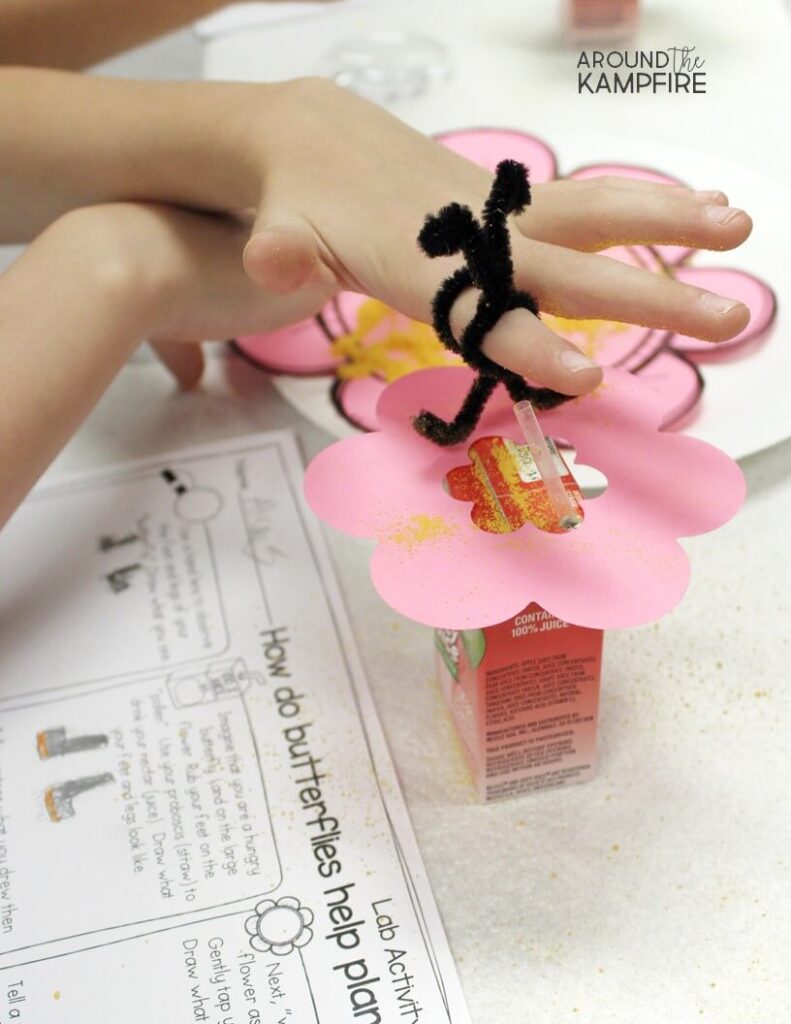
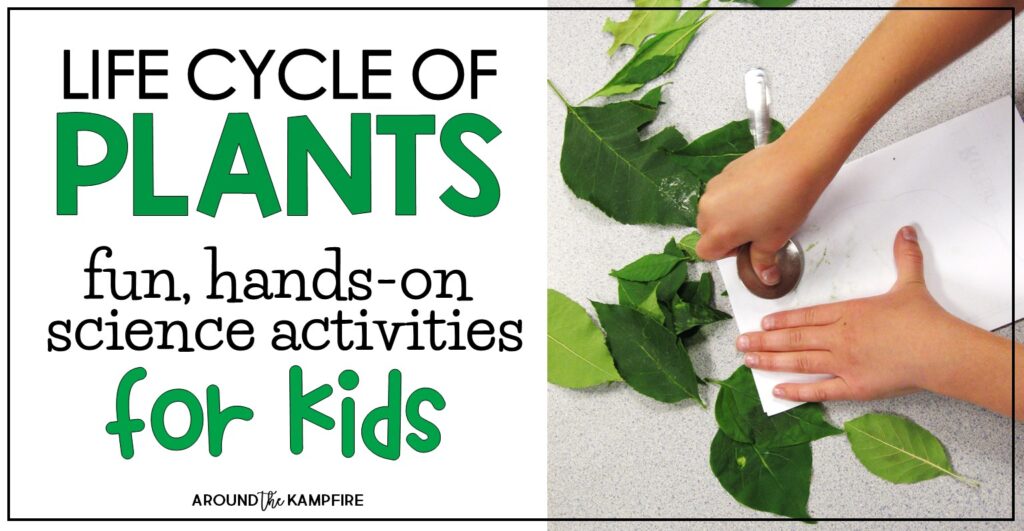
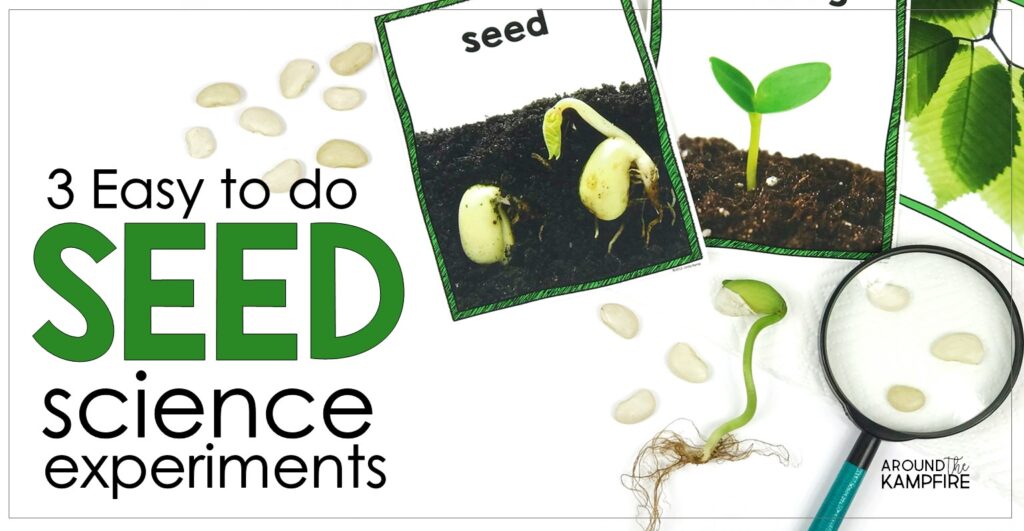



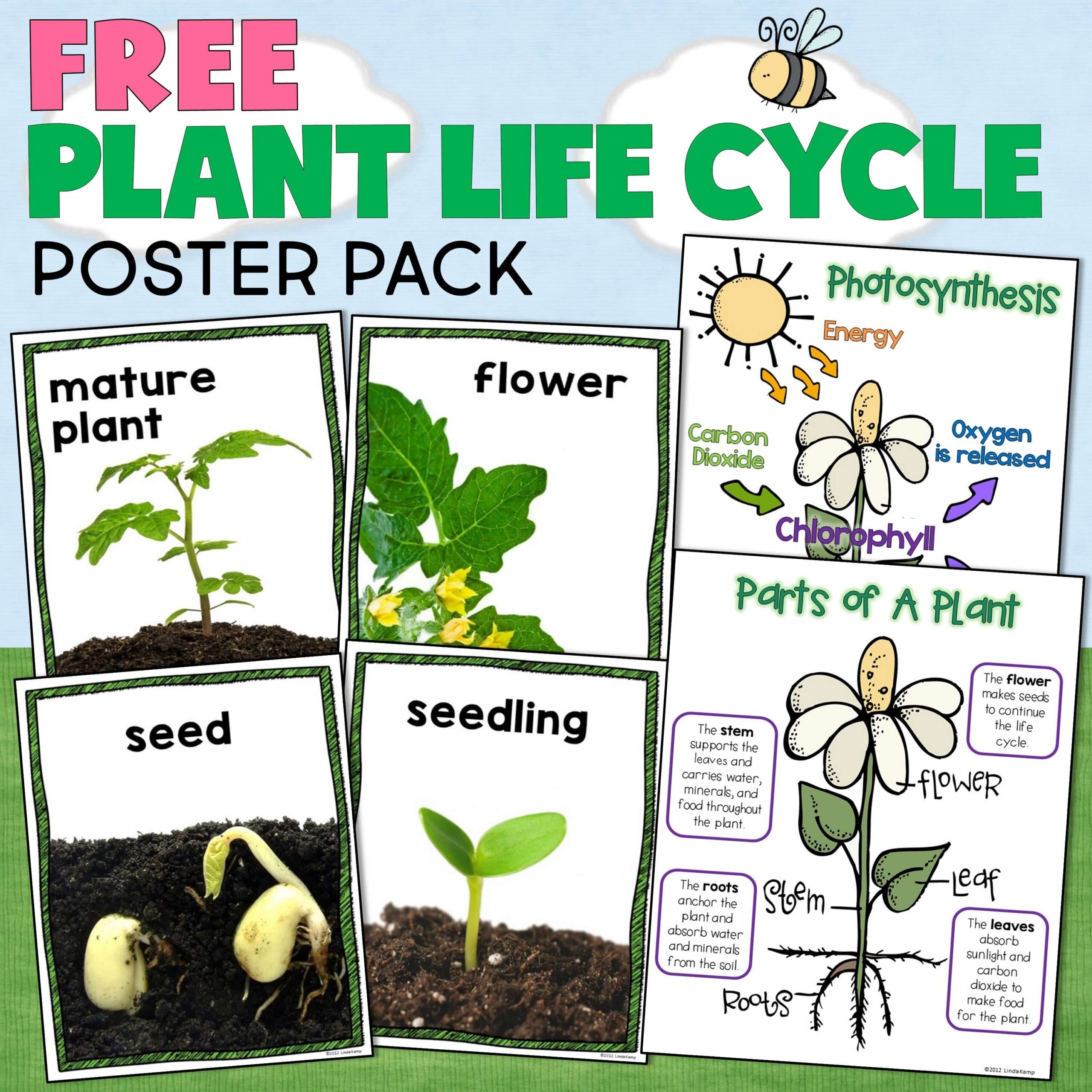




I love the flower that they are gathering the pollen from, is there somewhere I can download that image?
Any suggestions of substitution of the cheese powder? I have dairy allergy in my classroom!
Great! My theme this year is the Monarch Butterfly. I am trying to do a 5 day unit. Any suggestions.
Hi Sandra,
I have a butterfly life cycle unit that may be helpful to you. You can find it here in my shop.
I love your lab sheet! That is all I need though. Is there anyway to just get that?
Thank you!